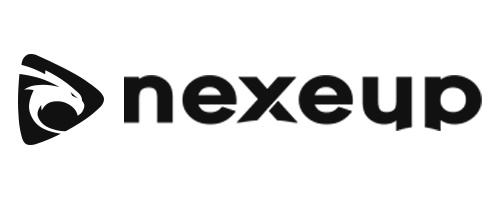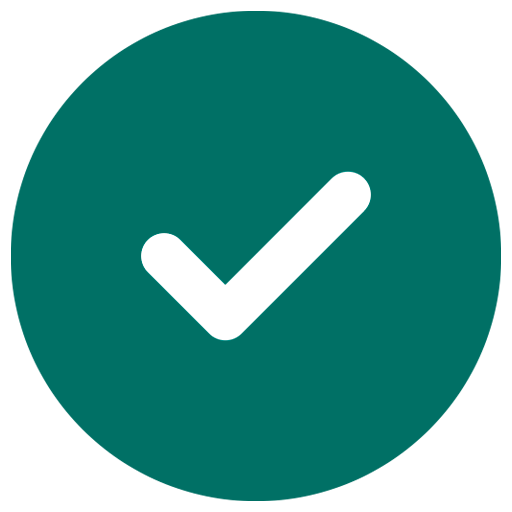Summary
- The article emphasizes "genuine authenticity" over rehearsed perfection, highlighting strategic authenticity in interviews.
- It recommends using the STAR method for structured, impactful storytelling in interviews.
Before diving into the ten insider tips, here’s a quick overview of what you’ll learn in this article. You’ll discover why genuine authenticity trumps rehearsed perfection, how to harness deep company insights to stand out, and the secret sauce behind telling memorable stories in interviews. We’ll also cover nonverbal cues that build rapport, questions that flip the script in your favor, and subtle follow-up strategies that keep you top of mind. By weaving in proven methods—some drawn from big-tech veterans and recruiting experts—you’ll leave the “robot” at home and bring your best, most human self to every interview.
1. Do a Deep Dive on the Company—Past Their Homepage
It’s not enough to skim the “About Us” page—real insiders explore annual reports, blog posts, and even employees’ LinkedIn updates to understand a company’s challenges and culture. This level of preparation lets you weave specific insights into your answers, showing you’re not just familiar with their elevator pitch but truly invested in their mission.
How to Go Beyond the Surface
- Scan recent news articles and press releases to grasp any ongoing pivots or product launches.
- Look up Glassdoor reviews to sense employee sentiment and common pain points.
- Follow the thought leaders among current employees for behind-the-scenes ideation and cultural nuances.
2. Craft Engaging Stories Using the STAR Method
Interviewers love stories, but rambling anecdotes fall flat. The STAR (Situation, Task, Action, Result) framework brings structure and impact, guiding you to concise yet vivid examples of your skills in action.
Why STAR Works
- Situation: Sets context so the interviewer isn’t left guessing.
- Task: Clarifies your responsibility.
- Action: Highlights your decision-making and ownership.
- Result: Quantifies success, often with percentages or timelines.
By practicing STAR stories aligned to the role’s must-have competencies, you’ll sound both authentic and polished—never robotic.
3. Embrace Authenticity—But Strategically
Over-rehearsed answers read as contrived, whereas genuine responses feel refreshing and memorable. Authenticity, however, doesn’t mean oversharing every personal detail. Think of it as “strategic authenticity”: highlight the aspects of your personality and passions that dovetail with the company’s values and the role’s requirements.
Tips for Staying Real
- Ground your answers in what truly excites you about the work.
- Use conversational language—skip inflated buzzwords.
- When asked about failures, pick a real example that taught you something valuable.
4. Master Nonverbal Rapport—Active Listening & Body Language
Your posture, eye contact, and subtle nods are powerful social cues that build connection—sometimes more than your actual words. Active listening shows respect and keeps the conversation reciprocal, transforming interviews into dialogues rather than interrogations.
Key Nonverbal Moves
- Open Posture: Keep arms uncrossed, lean slightly forward.
- Mirroring: Subtly echo the interviewer’s gestures to create rapport.
- Intent Listening: Pause before responding to demonstrate consideration and thoughtfulness.
5. Ask Thoughtful Questions—Flip the Script
Well-crafted questions do two things: they help you assess fit, and they show your interviewer you’ve done homework. Generic questions like “What does success look like?” are fine, but follow them up with specifics—“How does success for this role align with the company’s new cross-functional initiative launched last quarter?”
Sample High-Impact Questions
- “I saw you recently expanded into the APAC market—what have been the biggest challenges for your product team?”
- “Which company value do you see most in action day-to-day here?”
- “What metrics will define success for the person filling this role in six months?”.
6. Leverage Your Network—Insider Introductions Matter
A warm introduction or employee referral can fast-track you through screening, but even informal “coffee chats” with current or former employees yield insider intel you won’t find online.
Networking Best Practices
- Reach out on LinkedIn with a personalized message referencing a mutual interest or shared alma mater.
- Prepare concise questions for your informational interview—treat it like a mini-audit of the company’s interview process.
- Ask for specific feedback on recent hires’ challenges to anticipate what they’ll quiz you on.
7. Control Your Nerves—Simple Rituals to Stay Grounded
Even seasoned professionals get butterflies. The trick is to channel that energy into focus rather than letting it jangle your poise.
Pre-Interview Rituals
- Breathing Exercise: In for four counts, hold two, exhale six—repeat three times.
- Power Pose: Stand like Wonder Woman for two minutes to boost confidence hormones.
- Vigorous Warm-Up: A quick stretch or brisk walk 30 minutes before can keep jitteriness in check.
8. Tailor Your Stories and CV to the Role
Generic resumes and anecdotes dilute impact. Instead, highlight experiences that mirror the job’s core responsibilities. If the role demands cross-functional stakeholder management, choose a story where you aligned marketing, engineering, and sales to hit a launch deadline. Explicitly label the relevant bullet points on your CV so interviewers can instantly see the fit.
Alignment Tips
- Mirror language from the job description—if they mention “data-driven decision making,” use that phrase when describing your analytics projects.
- Quantify results: “Reduced customer response time by 40%” beats “helped improve customer service.”
- Keep the most pertinent achievements in the top half of your resume.
9. Close Strong—Endings Matter Almost as Much as Beginnings
How you wrap up leaves a lasting impression. Reiterate why you’re excited about the role, tie back to a key pain point they mentioned, and thank them for their time. A concise summary like, “I’m excited to bring my three years of UX research experience to help streamline your onboarding flow,” reminds them of your value proposition.
Perfect Closing Formula
- Gratitude: “Thank you for sharing details about your team’s current challenges.”
- Fit Statement: “I’m confident my background in X can help address Y.”
- Next Steps: “I look forward to any follow-up questions and the opportunity to demonstrate my skills further.”
10. Follow Up Like a Pro—Keep the Conversation Alive
A rushed or generic thank-you note feels insincere. Instead, send a personalized email within 24 hours that references specific discussion points—perhaps a shared anecdote or a question you realized you forgot to ask.
Crafting an Unforgettable Follow-Up
- Subject Line: “Thank you, [Name]—following up on our conversation about [topic]”
- Body: Open with appreciation, reiterate a highlight from the interview, and express enthusiasm for the next steps.
- P.S.: You can include a relevant article link or a brief chart if you discussed metrics—this adds value and shows proactive thinking.
By weaving these ten insider tips into your interview routine, you’ll shed the mechanical, “robotic” script and instead present a confident, genuine, and well-prepared version of yourself. Remember: authenticity doesn’t mean unfiltered; it means aligning your real passions and strengths with the company’s needs. Combine this with rigorous research, compelling storytelling, and thoughtful follow-ups, and you’ll transform every interview into a human-centered conversation—one that hiring managers won’t soon forget. Good luck, and go ace that next opportunity!







These tips offer a comprehensive guide to acing job interviews by blending authenticity with strategic preparation. By focusing on genuine connections and thoughtful storytelling, candidates can leave a memorable impression. Good luck with your next interview!